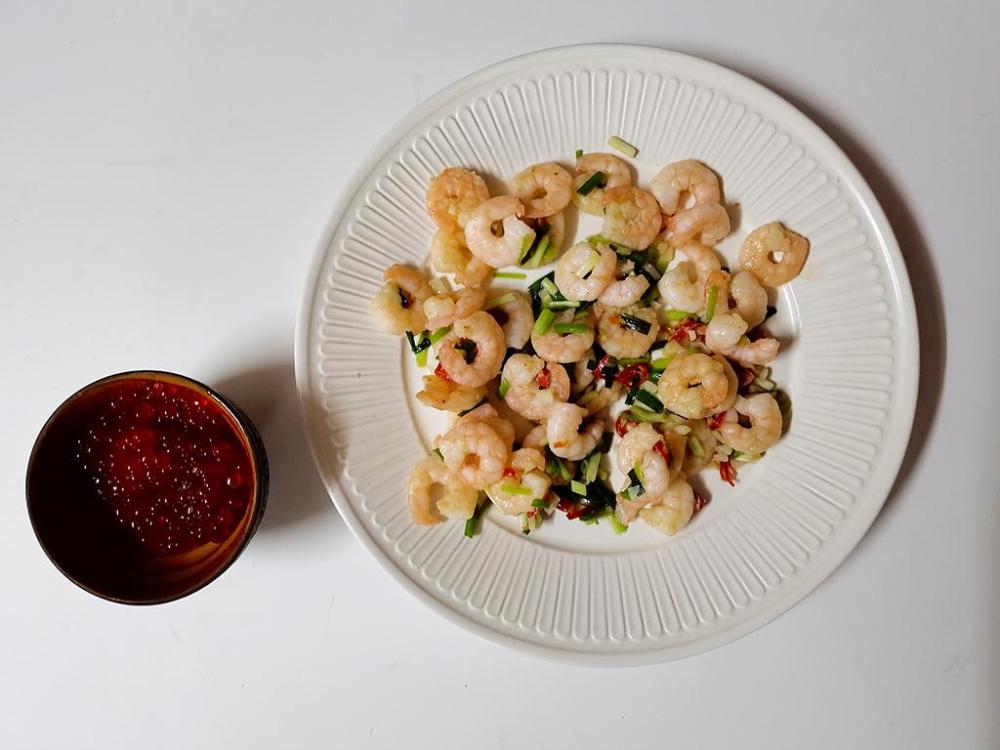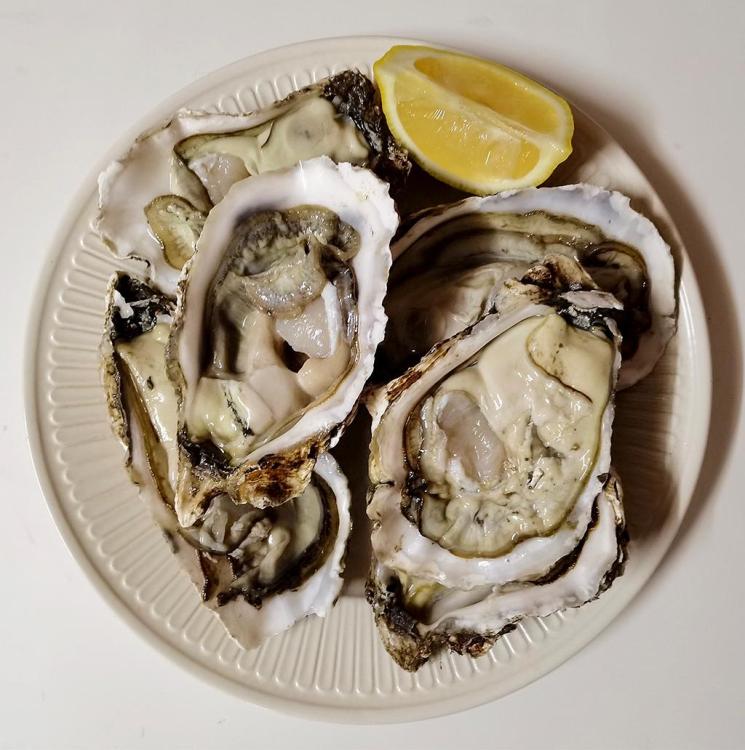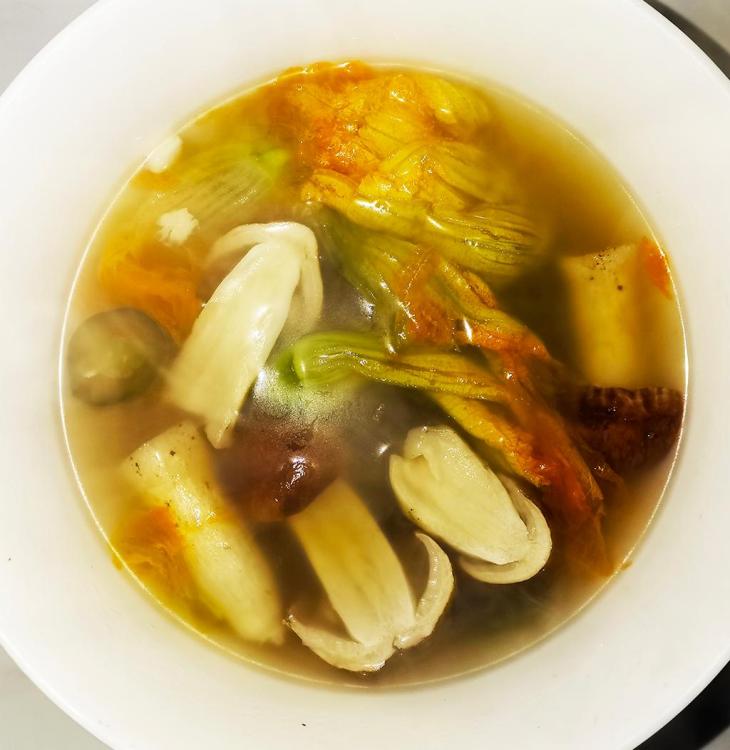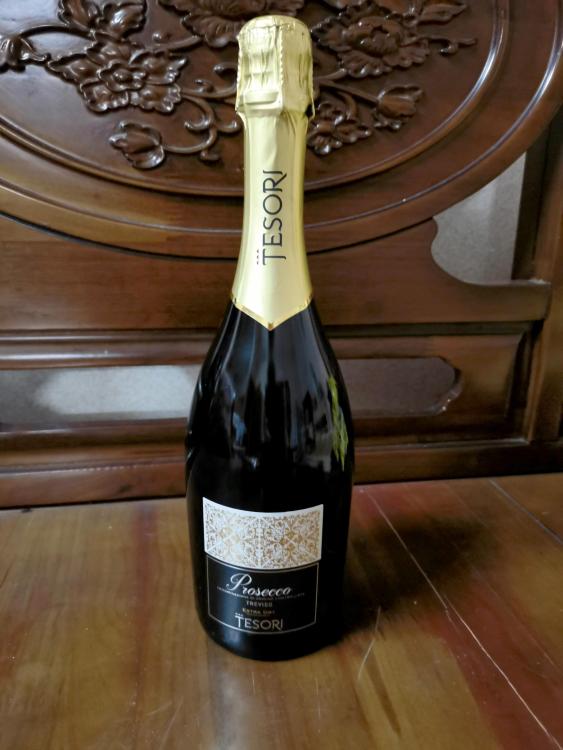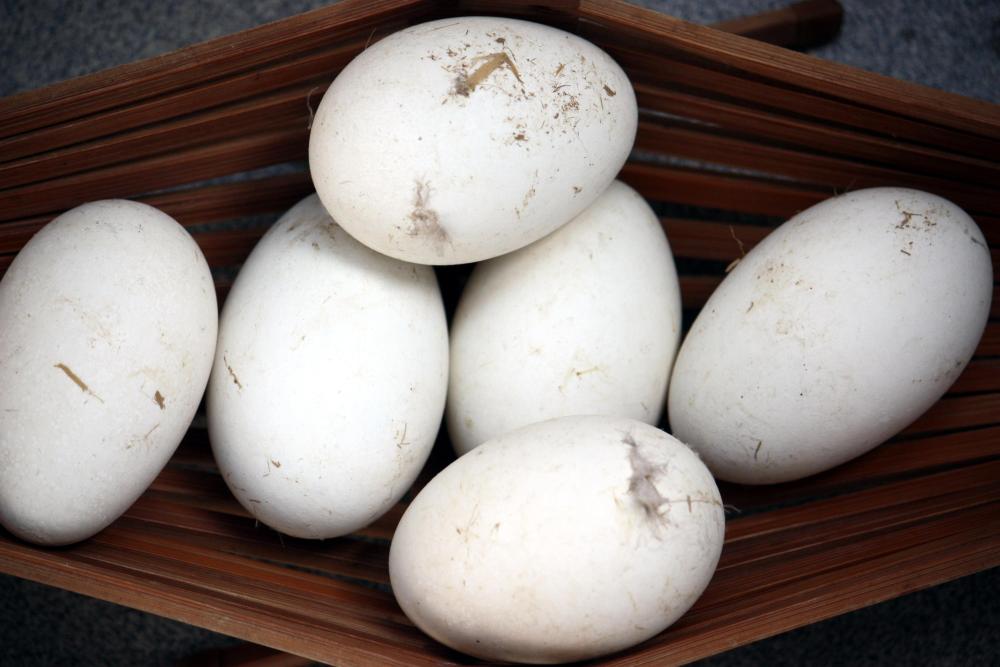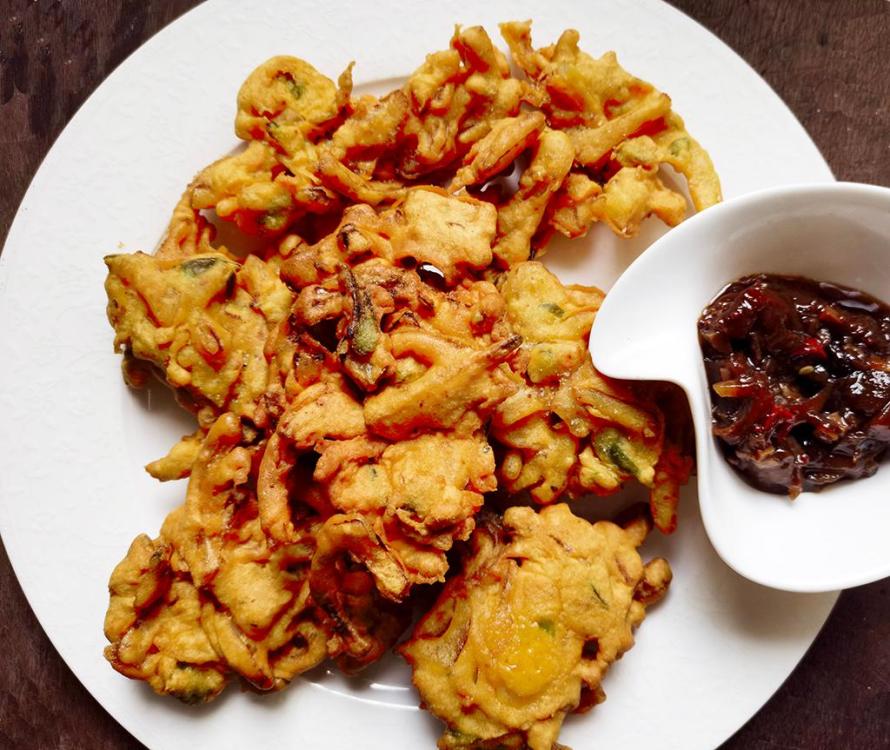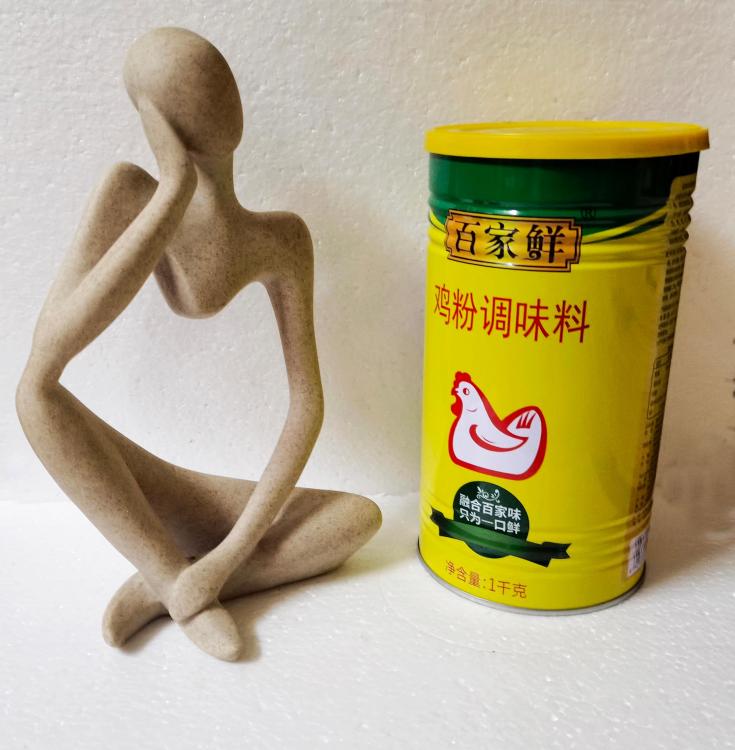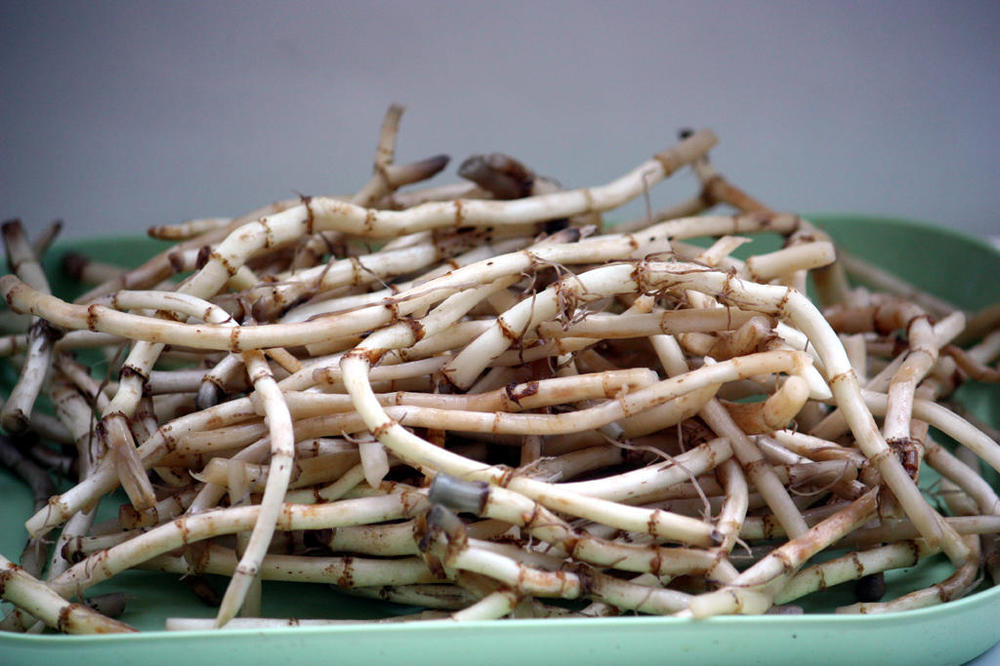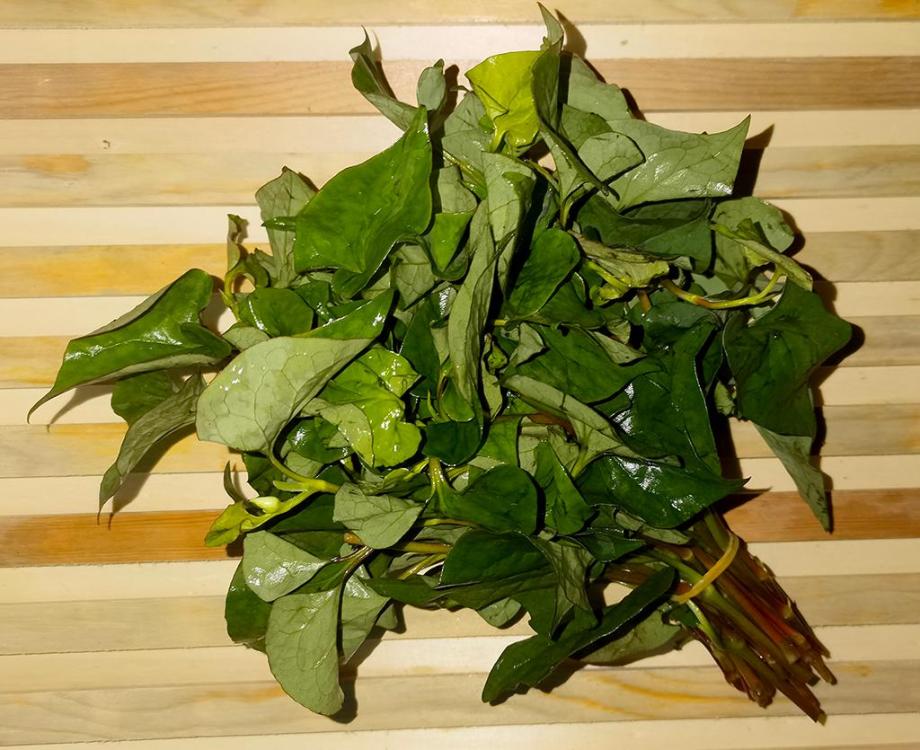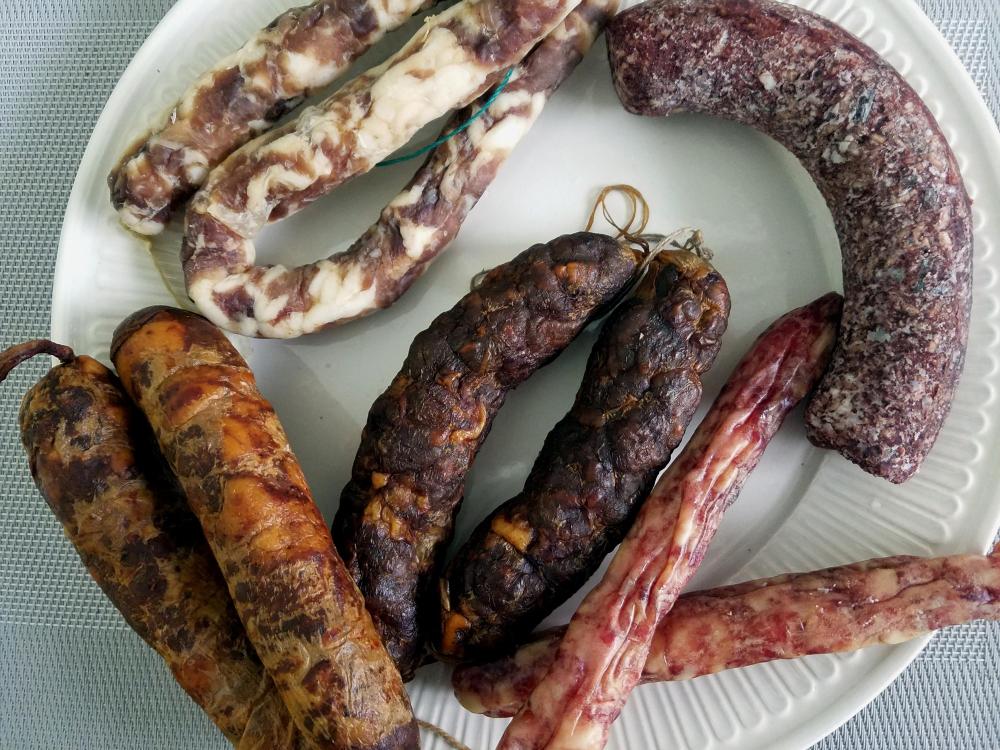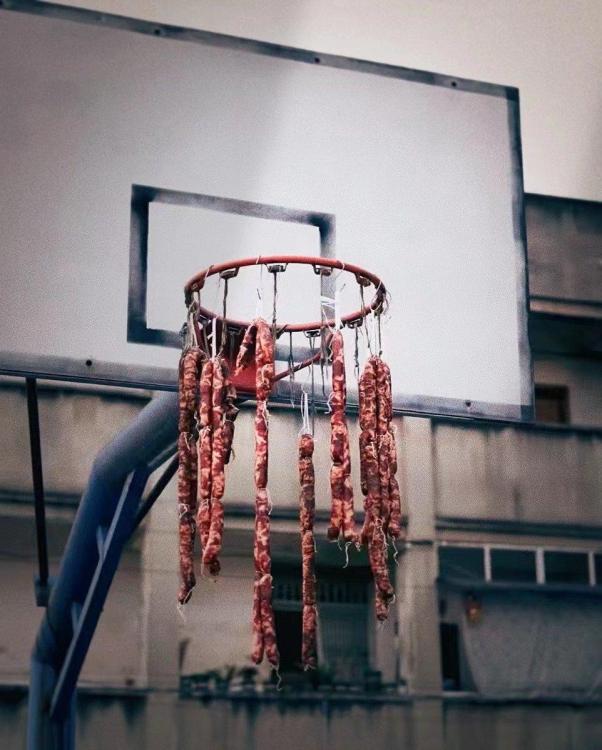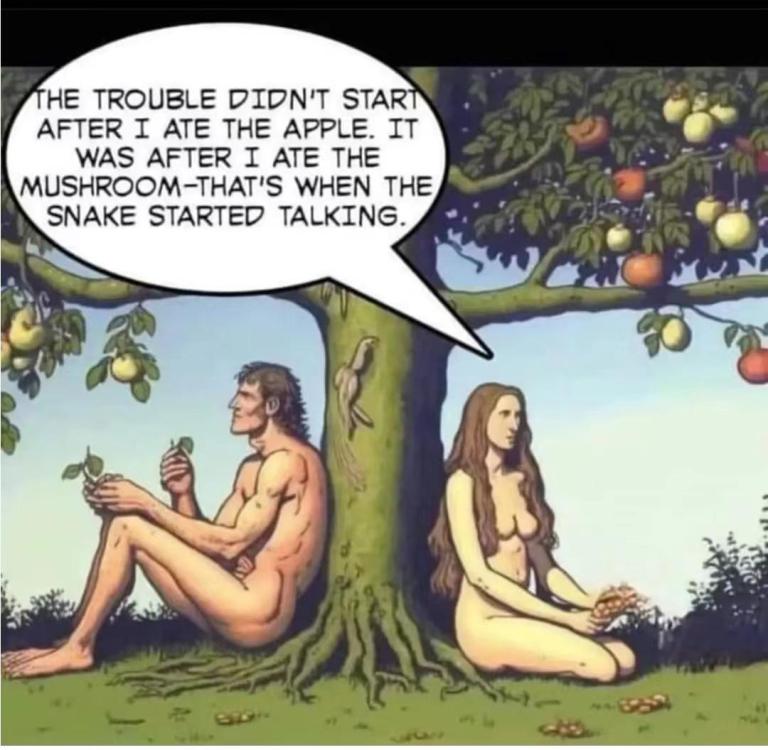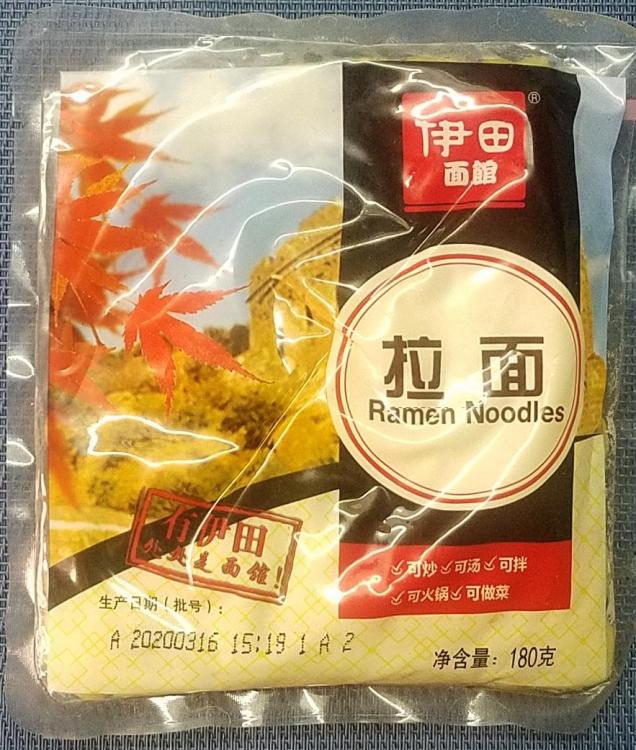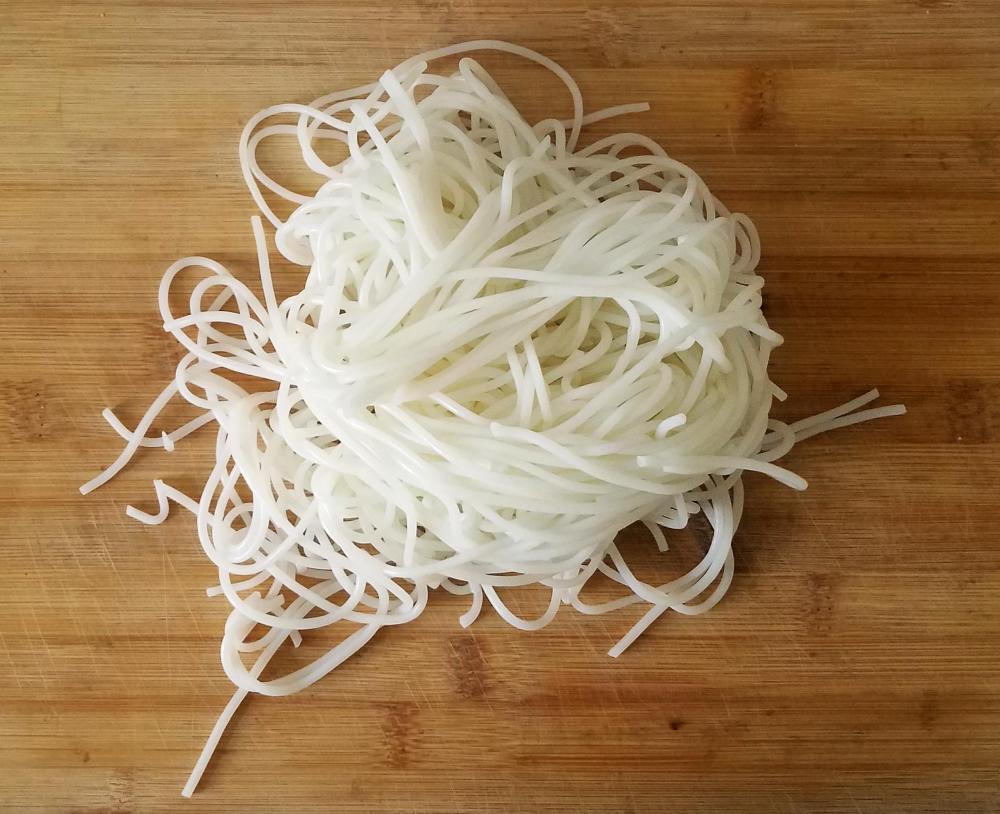-
Posts
16,674 -
Joined
-
Last visited
Content Type
Profiles
Forums
Store
Help Articles
Everything posted by liuzhou
-
Made myself a birthday dinner yesterday. Some of my favourites. Accompanied by rice, of course. Matsutake and Pumpkin Flowers in Chicken Broth
-
-
$2 USD / dozen here for free range. Sorry, don't mean to crow!
-
I've been making these for about 50 years so I don't really follow a recipe as such. However this one is close, I'd say. I don't use the rice flour she suggests but do use red onions. I agree that resting the batter is essential.
-
I often make Onion Bhajis with besan flour aka chickpea flour. I never measure the flour for the batter though. I eyeball it and adjust for thickness / texture.
-
The problem is there is no 'official' definition of 'mild'. Every producer's brand will be different. What I think is mild, you probably wouldn't. The only way to decide is to try it.
-
from the Guardian
- 4 replies
-
- 11
-

-

-
OK. But sodium levels are not the only factor. And the difference between 16.2 against 23 is, I think, negligible in a 2 gram serving.
-
@ElsieD I managed to find the information. It contains 23 grams of sodium in 100g. That may sound a lot, but as @KennethThas said, in SE Asia and here in China, only a teaspoon (approx 2 g) or less is usually added to dishes.
-
Unfortunately they don't list that information, but it does taste to me as being less salty than others. It contains bovine beef marrow powder.
-
I've never liked Lee Kum Kee brand of anything. All over salty and dripping with additives. I've recently started using this brand of chicken powder. Very few added preservatives or added chemical flavourings.
-
I do occasionally! 😁
-
Thinking further about this, I think a big difference is that in Vietnam (my favourite culinary destination) most of these greens are served raw as salad items, whereas in China, they will always be cooked, so pristine samples aren't quite so important.
-
I've always been confused about that. Yes, not the best I've ever seen. But I ordered them from the local delivery wallahs so didn't see them until they arrived. I'll try again in a few days and see what happens.
-
Today, five year after mentioning this as here While I've aways been able to find the stems everywhere, I finally found someone selling the green leaves. This was from the same supplier who now stocks culantro, giving me hope that more ingresients featured in Vietnamese food may be coming my way.
-

Food expiration dates are sometimes arbitrary and not science-based
liuzhou replied to a topic in Kitchen Consumer
In many cultures, if not all, sausages were invented as a way to preserve meat in the days before refrigeration. Families would slaughter a pig and make some of the meat into sausages dry them before the meat went bad. Here in China (and many other countries) some families in the countryside still do. But city families also make sausages to see them through the winter. A selection of home made sausages in my kitchen in China Sausages Drying -
Yes. These vac-packed fresh ramen noodles cook in a minute, too. You may not be able to source this brand in Canada, but I'm sure any Asian market or store will have something similar.
-
Fresh rice noodles, if you can find them, only need a minute. Whether you are actually cooking them or just heating them is open to question. Dried rice noodles about the same. Cutting noodles is a big taboo in China. They are a symbol of longevity and cutting them is to cut life short. Superstitious nonsense, of course! Fresh Rice Noodles
-
That was what I had read. I've only used two of them so far and they were far from mild but also far from the hottest I've met. Experiments shall continue and I'll report back!


